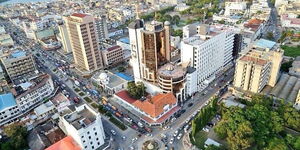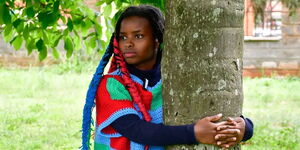Kenya is set to herald a new dawn in the treatment of HIV/AIDS as it aims to officially introduce the injectable antiretroviral (ARVs) drugs.
In what will be a significant breakthrough in the fight against HIV/AIDS, the injectable medicine will signal the end of daily ARV pills which have been in use for over the past two decades.
With the new injectable treatment, persons with HIV/AIDS will have the freedom of getting the dose either every two months or once every six months. This would save them the hustle of having to pop the pills everyday and have them at all times.
The shift to take up the long-acting medication comes after successful clinical trials that took place over a two year period since 2022 . The clinical trials were done on 162 women who were among 512 participants in a study known as CARES that was conducted across eight sites in Kenya, Uganda and South Africa.
In Kenya, the trial took place at the Aga Khan Hospital in Nairobi, the Kenya Medical Research Institute (KEMRI) in Kericho and Academic Model Providing Access to Healthcare (AMPATH) in Eldoret.
The trials revealed that the injectable treatment proved to be just as effective as the daily oral pills that had been in use for suppressing HIV amongst adults in Africa.
However, amidst the excitement and positive benefits the injectable drug is expected to bring, questions still linger on the cost of the drug. The government has moved in to reassure Kenyans of its commitment to ensure the medicine remains affordable.
While speaking to NTV, National Syndemic Disease Control Council (NSDCC) CEO Dr Ruth Marsha stated that the government would be devoted to ensuring that the price of the treatment stays within reach of the pocket of Kenyans.
“We are committed and hopeful that we will get something affordable that does not go over the ten dollar(Ksh1293) or $14(Ksh1810) mark for the doses. It (injectable drug) is really something that is useful not only for Kenya but only for the entire world as a tool that is protective,” she commented.
The introduction of the injectable drug might trigger a paradigm shift in HIV treatment globally as the viral disease continues to be a major public health concern. According to NSDCC, 1,378,457 Kenyans were living with HIV/AIDS as of 2024. Out of this 487,710 were male and 890,747 were female. The national HIV prevalence rate stands at 3.3 per cent.
Since the start of the pandemic in the 1980s, 40.4 million people have died from AIDS-related illnesses, according to USAID.
At the same time, while the injectable ARV is used to manage the disease, the development of a HIV vaccine is already underway at the Kenya Medical Research Institute (Kemri) and the Kericho-based Walter Reed Project. The vaccine research is funded by USAID for seven billion shillings.












